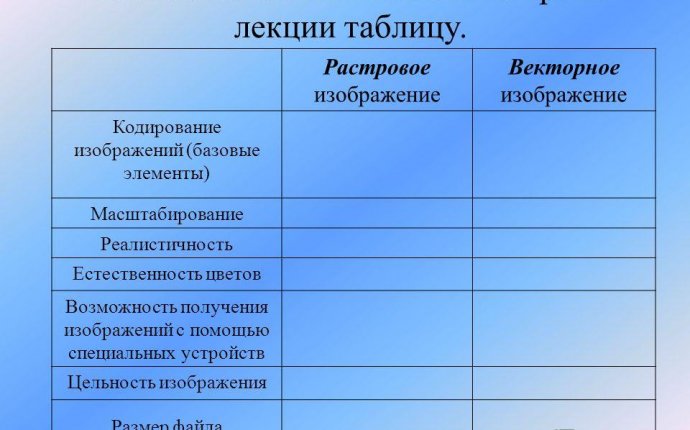
Colour Models In Computer Schedule
Colour-related work uses the concepts of colour resolution (also known as colour depth) and colour model. Colour authorization defines the colour code method and depends on how many colours on the screen can be displayed simultaneously. In order to codify a two-coloured (black-white) image, it is sufficient to distinguish one bat into each picsel. The one-side formation allows 256 different colours to be coded. Two baytes (16 bats) indicate 65,536 different colours. This regime is called High Color. If three baths (24 bats) are used to codify colours, 16, 5 million colours may be displayed simultaneously. This regime is called True Color.
Flowers in nature are rarely simple. Most colours form the mixing of basic flowers. The way in which the colour content is divided into constituents is called the colour model. There are many different types of colour models, but the computer schedule usually does not apply more than three. These models are known as RGB, CMYK and HSB.
Colour model RGB the simplest to understand and clear. This model has monitors and domestic televisions. Any colour is considered to be composed of three main components: red (Red), green (Green) and blue (Blue). These colors are called basic. It is also considered that when one component is placed on another brightness of the aggregate colour. The combination of the three components gives a neutral colour (stern) that, with great brightness, seeks white.
This corresponds to what we're watching on the monitor screen, so this model is used always when the image intended to be displayed on the screen is produced. If the image is computerized by a graphic editor, it should also be presented in the model. The graphic editors have tools to transform images from one colour model to another.
The method of obtaining a new shade is the additive method. It is applied everywhere where the coloured image is considered in the passing light: in monitors, slide projectors, etc.
It's hard to know that the less brightness the darker the shade. Therefore, in the addicative model, the central point with zero components (0, 0, 0) is. ♪









